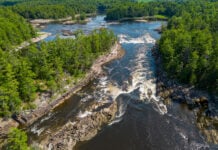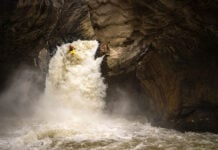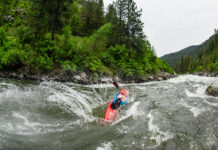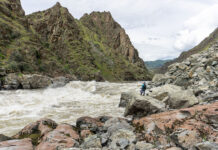Desnedé is Chipewyan for the Slave River. Winding through the traditional lands of Smith’s Landing and Salt River First Nations, she is a loud and mighty girl—3,500 cubic meters of water per second rushes through her rocky channels. Her thundering voice intimidates even world-class paddlers.
Boats, babes and breaking branches on the Slave River
Saskia van Mourik first came north as a teenage national team member to compete at the 1994 Canadian Whitewater Slalom Championships. In 2009, she returned and made Fort Smith and the Slave River home.
“I’ve seen world-class paddlers come, and they’re intimidated because you’re a speck in this river,” she says. “We tell them to get their ‘Slave goggles’ on because this river is unlike any other.”
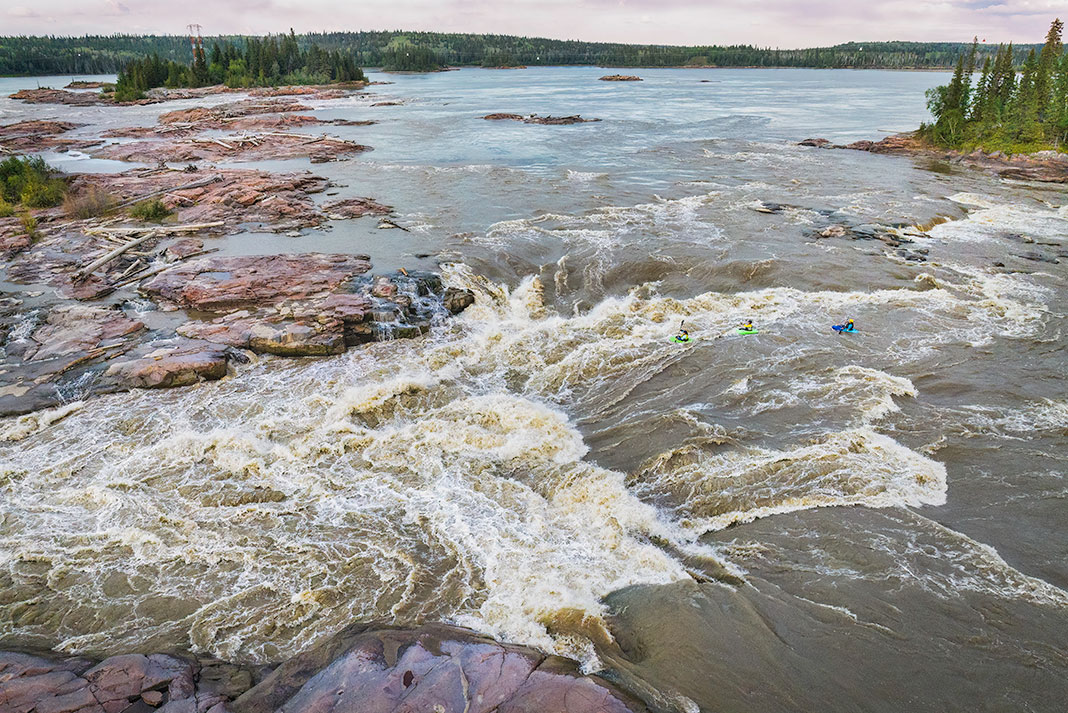
For centuries, only pelicans and a handful of paddlers dared explore the Slave’s surging channels. Following the ‘94 Canadian Championships, the Slave River became a destination for world-class kayakers. Most were men, and only a few local women took the plunge. Saskia changed that. Her high performance experience and coaching skill gave parents the confidence to let their daughters paddle in the foaming rapids.
“Young girls have saucer eyes staring at the Playground’s house-sized waves,” Saskia says. “I tell them to swim it. I’ll swim with you. We swim through a few times, and all of a sudden, it’s comfortable.”
Anais Aubrey-Smith, now an 18-year-old paddling instructor, began training with Saskia as a child.
“Saskia would say, ‘We’re going over there to scout this rapid. If you don’t want to go through, that’s okay.’ It made me willing to try,” explains Anais.
“There are girls we introduced to kayaking when they were small. Now they’re fearless and guide others.”
Saskia’s efforts in mentoring youth inarguably helped burgeon the female paddling community in Fort Smith. But another force has also been at play, further drawing youth to the shores of the Slave and providing young paddlers with role models.
Use the river—or lose it
Slave River Paddlefest began in 2009 as a protest. Alberta was considering the construction of a massive dam across the Slave River.
“Paddlefest was really about getting people down to the river. It was a use it or lose it action,” explains Kirsten Bradley, the former Fort Smith Paddling Club president who helped start Paddlefest. “At the same time, it provided an opportunity to show off our whitewater playground to an international group of kayakers. We hoped it would help us protect the Slave from a dam.”
In the beginning, Paddlefest was an exclusively high performance event. It was Geneviève Côté, a leader in Fort Smith’s paddling community, who brought the sparkle the festival is known for today. Gen and her team of club members and volunteers introduced fun with a pool toy race through a wave train, raft rides, standup paddleboards and inflatable kayaks. There was a voyageur canoe race, a flotilla.
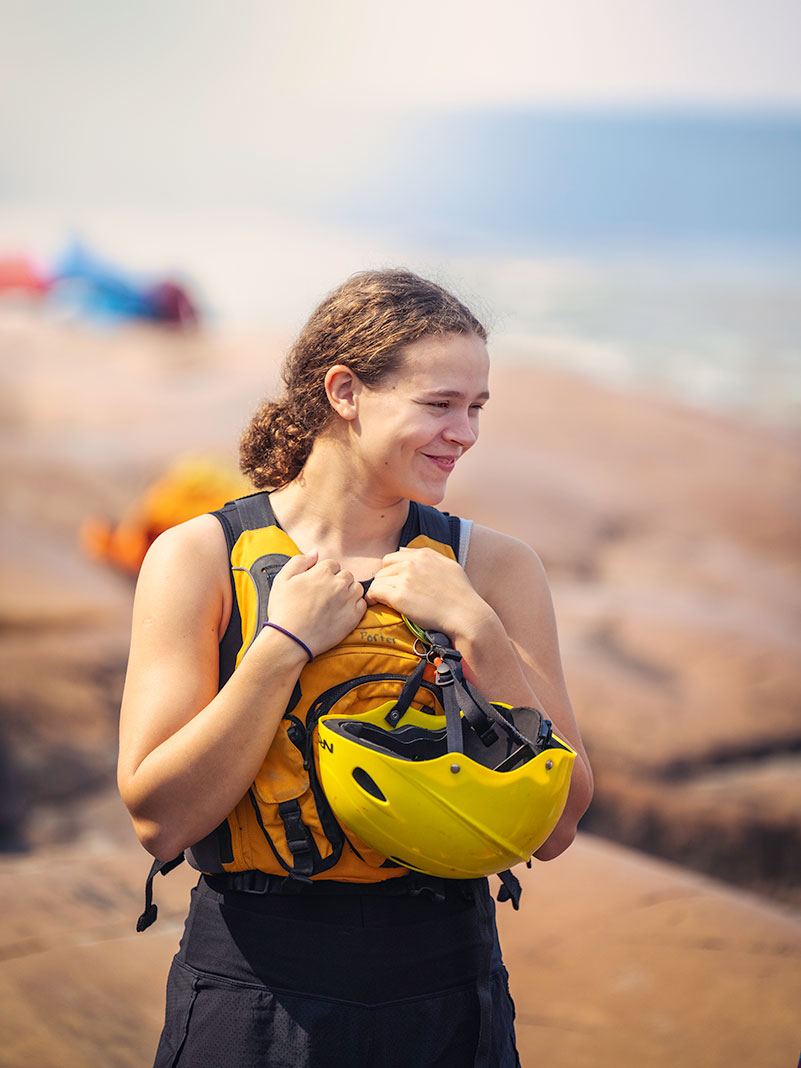
These additions drew in people who had never been down to the rocks and beach before. They helped novice paddlers find courage.
“There are girls we introduced to kayaking when they were small. Now they’re fearless and guide others,” says Gen. “As female coaches, we planted a seed. Some were at a sensitive time as teens and might have followed a different path, but they loved being on the river and discovered whitewater joy.”
Paddlefest opened 17-year-old Sarah Porter’s eyes. “They’d announce who was doing a run and it was Australia or Spain. That’s wild that our river is the draw,” says Sarah. “I love Paddlefest. It created a community of paddlers who encourage each other, which makes a difference, especially for girls.”
Conquering the Slave River Monster
Natalie Kramer-Anderson raised the bar even higher. She grew up on a river in California, strapped in a car seat on a raft as a baby. She first paddled the Slave River in 2008, returned yearly, and now makes Fort Smith her summer residence.
“This river is an amazing teacher. If you make mistakes, it’ll cuff you around, but generally, it’s forgiving,” says Natalie. “If you paddle here one week, you’re better than if you’d been paddling at home all season. The Slave is the river that shaped me as a paddler.”
Twenty-year-old river guide Amelie Aubrey-Smith used to exchange babysitting for paddling experience with Natalie. “She didn’t mess around with the small stuff. Took me right out into the river,” says Amelie. “You have features the pros compete on, fun waves beginners can enjoy, and beautiful spots you can only get to in a kayak. Because of Natalie and Saskia, I learned to respect the river, not fear it.”
Natalie globalized the Slave River through her international connections. Now a key organizer of Paddlefest, she invites top freestylers to show off their tricks.
“I brought Ottilie Robinson-Shaw, the British champion, to the Slave River for Paddlefest in 2019,” says Natalie. “Now she calls the Slave her favorite for big volume paddling.”
Natalie and Ottilie impressed a young Sarah Porter. “I watched them do an air screw, a trick where you flip all the way around, and I’d think, ‘Damn, I didn’t know a girl could do that in a boat.’”
It isn’t just world-class and novice paddlers Paddlefest attracts to the Slave, though. Fort Smith locals also come out to watch—for many, it’s the first time they’ve ventured close to the roaring, thrashing river because of fear.
Anais Aubrey-Smith says her friends got smacked with a willow branch if their parents caught them close to the river.
“Remember the Slave River Monster?” asks Amelie. “On Water Days, the teacher told us a horror story about the Slave River Monster. If you dipped your toes into the water, the monster would drag you into the current. Never to be seen again.”
Fear may still be an obstacle for some, but Amelie, Anais and Sarah, born and raised on the shores of Desnedé, say her thundering voice and big waves don’t frighten them. They find it a reassuring welcome home if they’ve been away. They can’t imagine a future without paddling.
Patti-Kay Hamilton is an award-winning writer who makes her home in Fort Smith, Northwest Territories on the banks of the Slave River. At 19, PK went north to paddle wild water. Her writing is inspired by the connection of northern people to wilderness, wildlife and water.
Mountain Portage Rapids on the Slave River. | Feature photo: Pierre-Emmanuel Chaillon



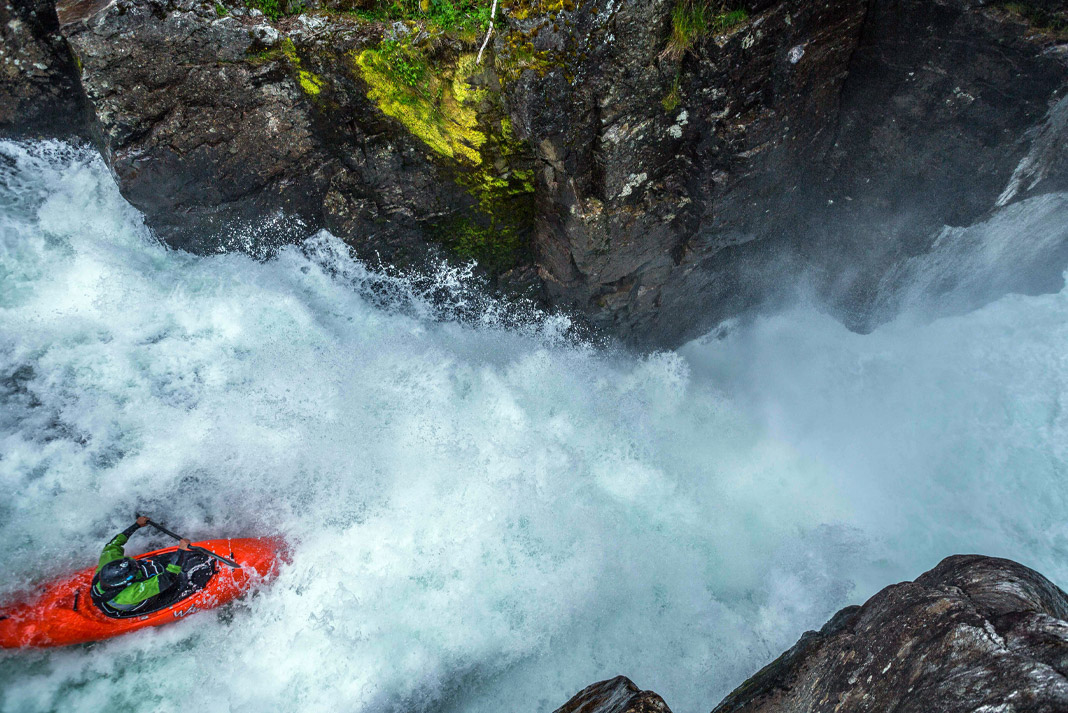
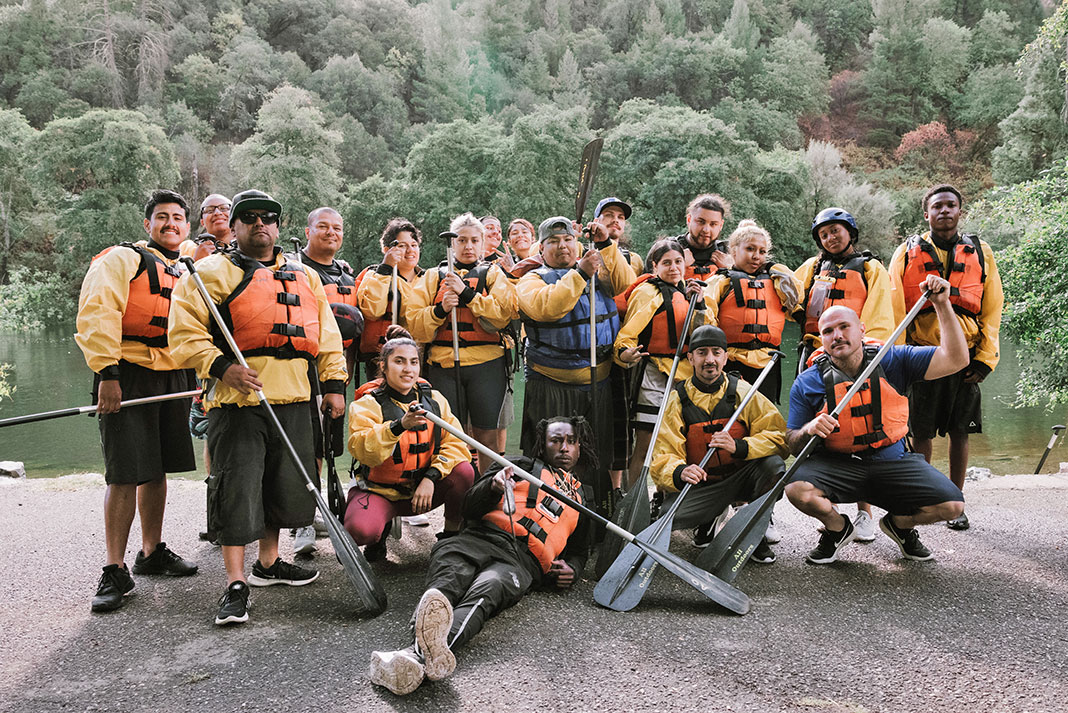

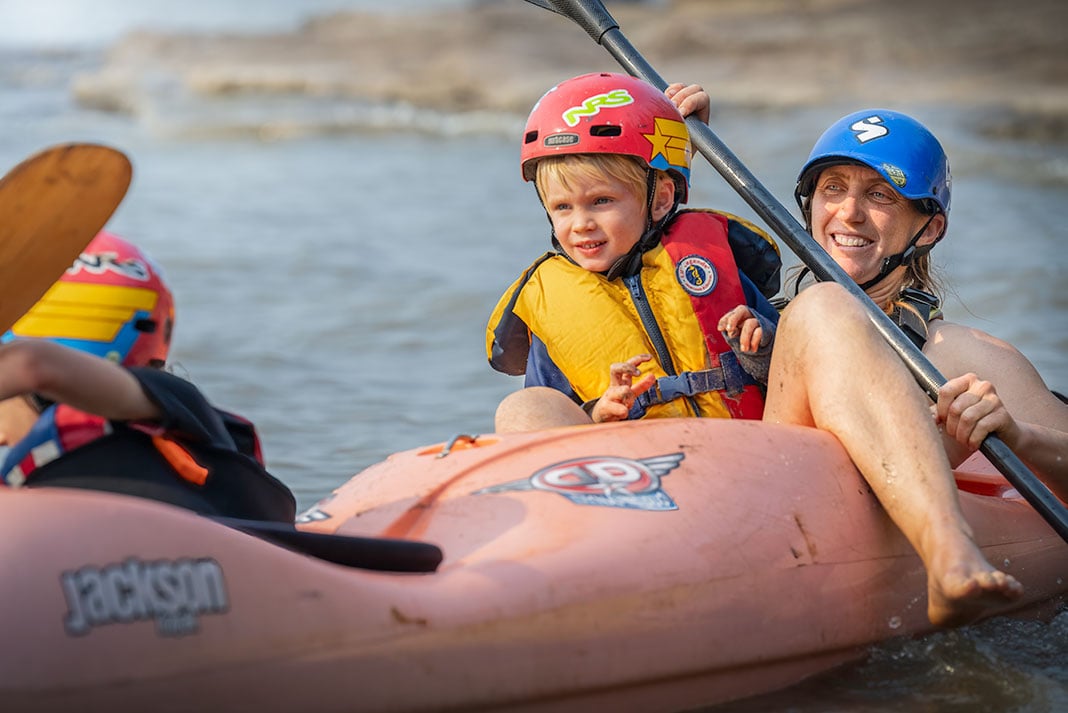

 This article was first published in the 2023 Paddling Trip Guide.
This article was first published in the 2023 Paddling Trip Guide. 